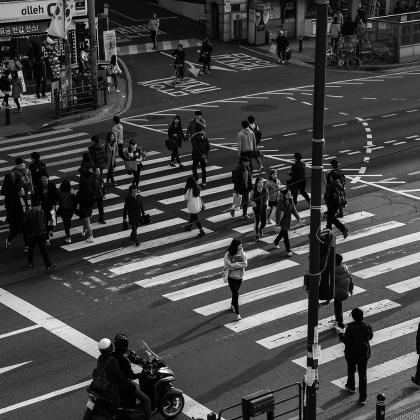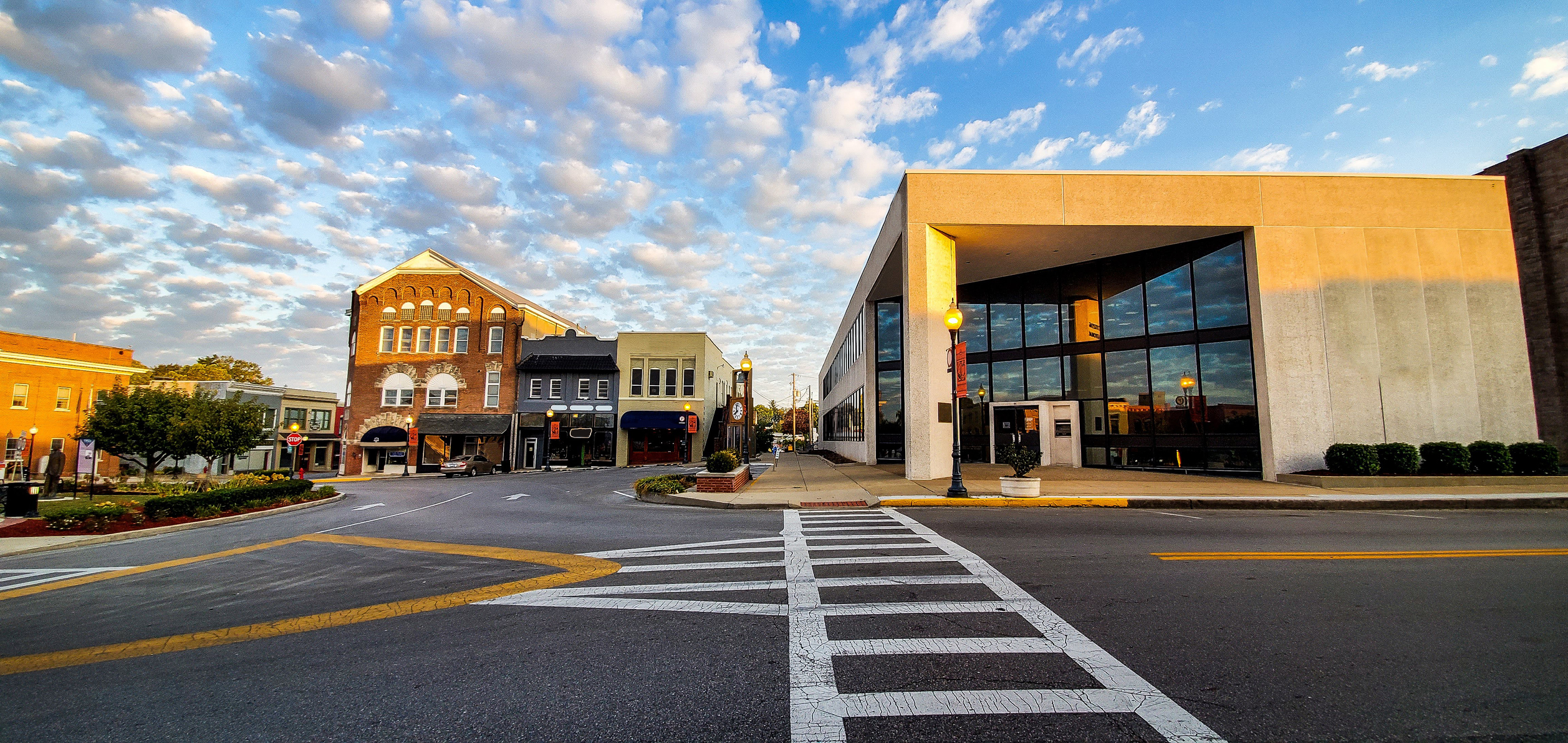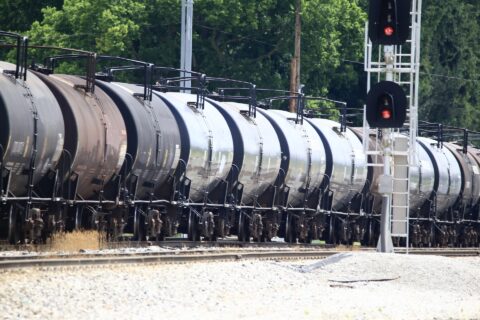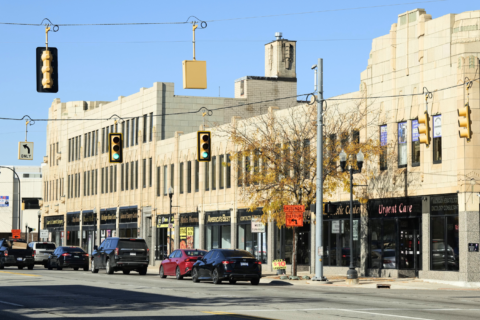Throughout 2020, cities and towns have seen more local walking and biking as well as seeing an increase in dangerous and aggressive driving on the more open roads during the pandemic. This follows 2019 where pedestrian deaths were the highest we’ve seen in 30 years. As we head into 2021, cities and towns must consider how they’ll step up for safety and take on the projects and initiatives that can change these alarming statistics.

Cities have been ahead of the curve on the commitment to safety efforts like Vision Zero, but it’s important to consider next steps communities can take to make it safer to walk and bike. This is where the Safe Transportation for Every Pedestrian (STEP) program and the Center for Local Aid Support (in the Federal Highway Administration’s Office of Innovative Program Delivery) can help.
The Center for Local Aid Support wants local agencies to have access to innovative technologies and practices that can save lives, time and money. The Center has established on-line training partnerships and made more than 400 free transportation training courses available around-the-clock to local agencies.
There are 7 key trainings the Center has pulled together for local transportation officials to assist local efforts to make streets and sidewalks safer for pedestrians:
- Crosswalk Visibility Enhancements such as crosswalk lighting and enhanced signing and marking, help drivers detect pedestrian–particularly at night.
- Road Diets can reduce vehicle speeds and the number of lanes pedestrians cross, and they can create space to add new pedestrian facilities.
- Raised Crosswalks can reduce vehicle speeds.
- Pedestrian Refuge Islands allow pedestrians a safe place to stop at the midpoint of the roadway before crossing the remaining distance. This is particularly helpful for older pedestrians or others with limited mobility.
- Rectangular Rapid-Flashing Beacons are active (user-actuated) or passive (automated detection) amber LEDs that use an irregular flash pattern at mid-block or uncontrolled crossing locations. They significantly increase driver yielding behavior.
- Pedestrian Hybrid Beacons (PHBs) are a beneficial intermediate option between RRFBs and a full pedestrian signal. They provide positive stop control in areas without the high pedestrian traffic volumes that typically warrant signal installation.
- Leading Pedestrian Intervals (LPIs) at signalized intersections allow pedestrians to walk, usually 3 to 4 seconds, before vehicles get a green signal to turn left or right. The LPI increases visibility, reduces conflicts and improves yielding to pedestrians.
In the months ahead, our nation must deploy real solutions to the problems in our neighborhoods. At NLC’s City Summit this week, we will be hosting sessions that can help your community strategize and access resources. Together, we can step up for safety on our streets.
- Find out what else the Center for Local Aid Support and other Federal Highway Centers can do for you and join NLC at our upcoming Transportation & Infrastructure Services meeting on November 17th at 3PM EST where four key FHWA Centers will be presenting.
- Additionally, experts and transportation leaders are gathering to share ideas for about how to measure equitable service for every part of your city in Getting Around Town: How Cities Measure and Meet Mobility Goals for Every Neighborhood on November 18th at 11AM EST.









